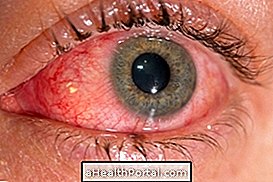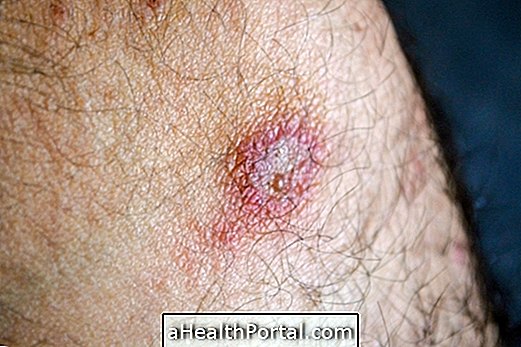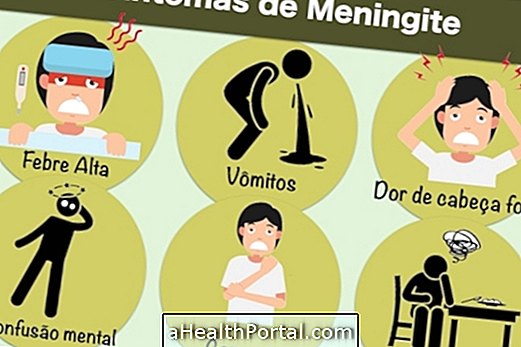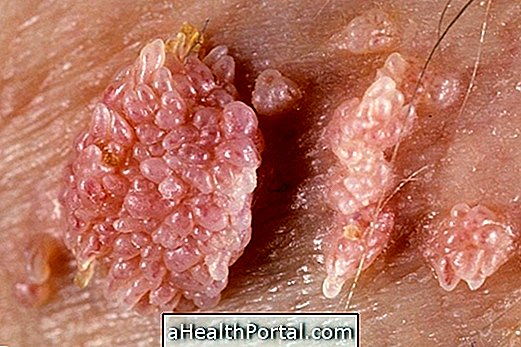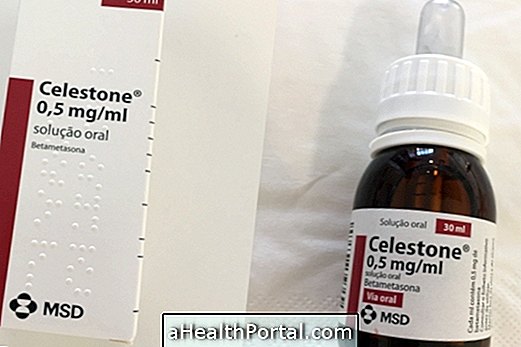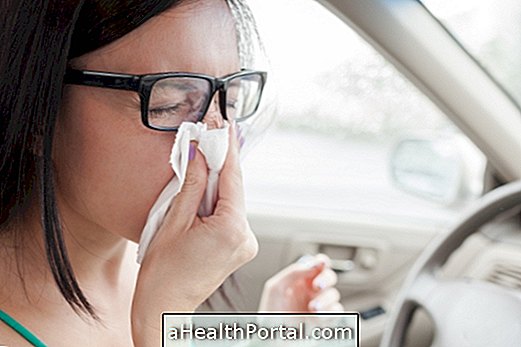A steak taken by the manicure on the corner of a nail though not very painful can cause many health problems because, in addition to ringworm, a plier or an infected orange tree stick can transmit hepatitis B which may be silent but fatal.
For the transmission to take place it is enough that the manicure material has been used in the manicure of a person with the disease. If the material is not disposed of or sterilized before being used again, it can carry the virus to a healthy person, infecting it.
Many people infected with the hepatitis virus do not have symptoms but are at risk of developing serious liver diseases, such as cirrhosis or life-threatening primary cancers of the liver.
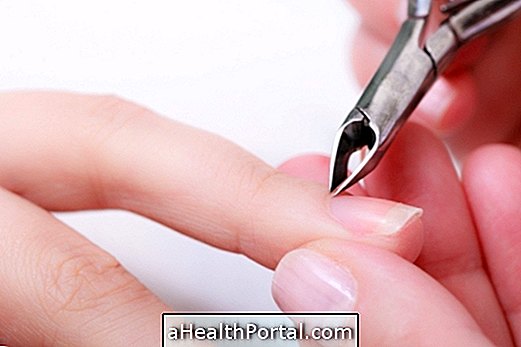
What symptoms can indicate infection
In most cases, hepatitis B does not cause any symptoms before causing serious liver damage, but some symptoms that may signal the infection are:
- Fever between 37 and 38ºC constant;
- Frequent headache;
- Lack of appetite;
- Clear stools and dark urine
If you suspect you may have contracted the infection, it is important to consult a general practitioner or a hepatologist for blood tests to confirm the disease. The hepatitis B virus can be found in blood and other body fluids, including semen, vaginal secretions, and saliva. Transmission occurs when blood or other infected body fluids contaminate penetrate the body through a cut in the skin or through intimate contact.
Understand the other symptoms that indicate progression of hepatitis.
How to protect yourself in the beauty parlor
The best way to prevent hepatitis B virus infection is to ensure that the salon has proper hygiene by disinfecting all the material before using it on clients. Thus, it is recommended to ask the salon how to clean the nail polish and to see if any of the materials are used in more than one person before being sterilized.
If you can not obtain the above information or do not rely on the hygienic safety of the place, it is best to use a personal manicure kit that is brought in the bag to the salon. In this way it is possible to know that the material is only being used in a person, avoiding the risk of contagion.

